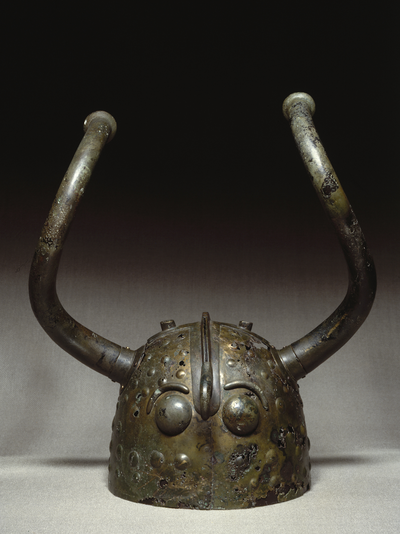The Bronze Age
The Bronze Age in Denmark covers the period 1700 - 500 BC. At the transition from the Neolithic period to the Bronze Age new connections were established between north and south. The new metal of bronze, which replaced stone and flint, was imported to Denmark from foreign areas of Europe. Weapons, tools and jewellery were now made of bronze and gold - metals which had to be obtained via the European connections.
Several burial mounds were built in the Early Bronze Age. In the burial mounds the elite of the time were buried, dressed in clothes woven from wool and with fine gifts of bronze. You can zoom in on the Egtved Girl and the man from Muldbjerg, who lie in their oak coffins, or read about the family from Borum Eshøj.
The domesticated horse was introduced to Denmark in the Bronze Age. Together with the sun and the ship it became a central element in the religion of the Bronze Age. Here you can see the Sun Chariot from Trundholm from all sides. You can also focus in on the gold bowls with horses’ heads from Mariesminde or spin the Viksø helmets around.
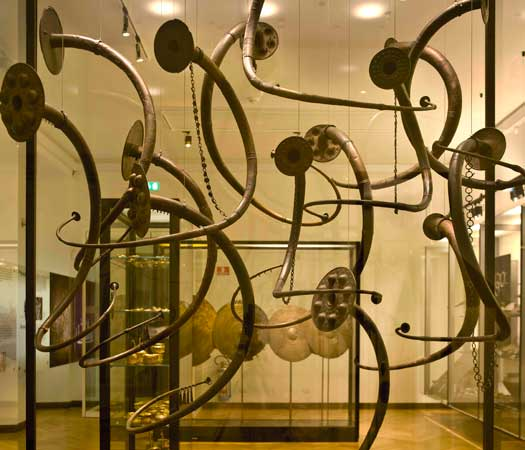
The lurs of the Bronze Age can be seen in the exhibition regarding the Prehistoric Period.
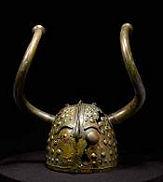
In a newly opened peat-digging area of Brøns Mose at Viksø (Veksø) on Zealand one of the workers heard a crunching sound under his spade in 1942... The Viksø helmets
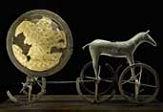
The Sun Chariot was found in September 1902, during the first ploughing of Trundholm Mose in western Zealand. The Sun Chariot
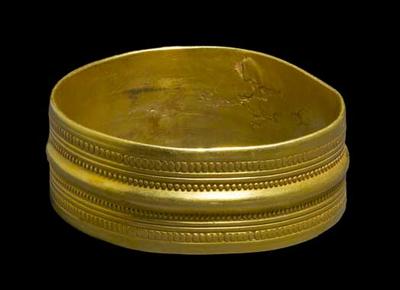
During the Bronze Age valuable objects were deposited in the earth. They were gifts to the higher powers. Sometimes these were made of gold. Arm rings of gold
